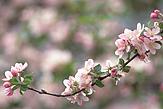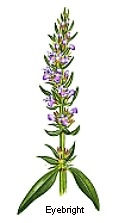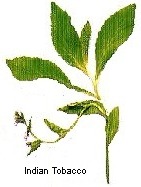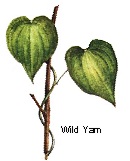|
|
|
 Concoctions
Concoctions Comminution is the reduction of herbs to small particles. All substances to be used this way must be free from all moisture. Herbs containing volatile oils should not be subjected to high temperatures during the drying process.
Comminution is the reduction of herbs to small particles. All substances to be used this way must be free from all moisture. Herbs containing volatile oils should not be subjected to high temperatures during the drying process. Extractionis the chief method used in the extraction of the active principles of herbs.
Extractionis the chief method used in the extraction of the active principles of herbs. Percolation is the most perfect method of obtaining the soluble parts of remedies. It consists of allowing menstruum to slowly trickle through a column of material in a similar way to the process of coffee percolation.
Percolation is the most perfect method of obtaining the soluble parts of remedies. It consists of allowing menstruum to slowly trickle through a column of material in a similar way to the process of coffee percolation. Clarification is the process of clarifying a substance after processing, as in the case of honey, syrup, lards, etc., and is done by melting and skimming or filtering through a suitable material.
Clarification is the process of clarifying a substance after processing, as in the case of honey, syrup, lards, etc., and is done by melting and skimming or filtering through a suitable material. Expression is the method by which the juices of herbs are extracted by pressing them; actually squeezing the remedy out of them. Two pressures are normally used: a simple screw press, similar to a printer's press, or a hydraulic press as used in large laboratories.
Expression is the method by which the juices of herbs are extracted by pressing them; actually squeezing the remedy out of them. Two pressures are normally used: a simple screw press, similar to a printer's press, or a hydraulic press as used in large laboratories. |

|
 |
 |

|